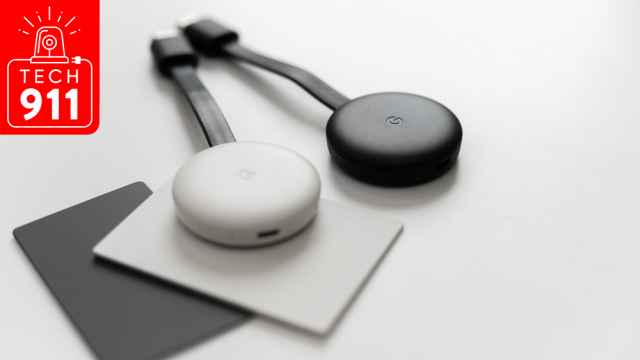Between all that talk of Family Sharing for Apple’s new “Plus” services, and the fact that I finally set up my house’s shared Netflix account on my TV the other day, I think a lot about how to minimise the financial impact of my technological needs.
And that always leads to a conversation with my roommates where I gauge how much they might want to contribute to services that I really want (or vice versa).
Here’s how I’d secure my shared Google account from someone else. First, and most obvious, I’d make sure I picked a password that was impossible for the other person to guess. Don’t use another password for another account you have, just in case they also know that one for whatever reason.
Next, I’d go visit the “Security” portion of your Google Account Settings and scroll down to the “Your Devices” section. Remove anything that isn’t you.
And while you’re here, you might want to prune the list of third-party apps that have access to your (formerly shared) Google Account, as well as any other sites that you use your Google account to sign into.
After that — and this is the big one — make sure you’ve set up two-step verification on your account. And make sure whatever additional verification steps you’re using are items that your ex-friend doesn’t have access to. (Don’t send a verification code to their devices or use their security key, for example.)
This might also mean that you’ll have to reset your Authenticator app. Or rather, you’ll have to use the “Change Phone” option to get it set up on your device (if you used to use theirs).
Additionally, make sure you’re using your number for voice or text messages, if you pick that option, and generate new backup codes if you’ve been using two-step verification previously. Oh, and select “Revoke All” for the “Devices you trust” section.
You’ll now want to head back to the Security section of the Google Account Settings and look for the “Ways we can verify it’s you” section. Confirm that your recovery phone number and/or email are yours, and that your security question is something only you would know. (If it isn’t, change it.)
And it almost goes without saying, but if you set up an actual family group to share services with your ex-friend — and it doesn’t sound like you did, so I’m just leaving this here for the sake of being helpful to others — you’ll want to remove them as well.
I just ran through the account recovery process for my personal Google account, and I believe these are all of the settings you’ll want to take a look at in order to make sure nobody else can access your, er, newfound account.
You could also delete the entire thing and start from scratch, assuming you only used said account to share services with your friend.
If not, I’m somewhat amazed you’d let someone else into your personal accounts — or, conversely, your ex-friend is going to be pretty pissed when you take over theirs.

Comments